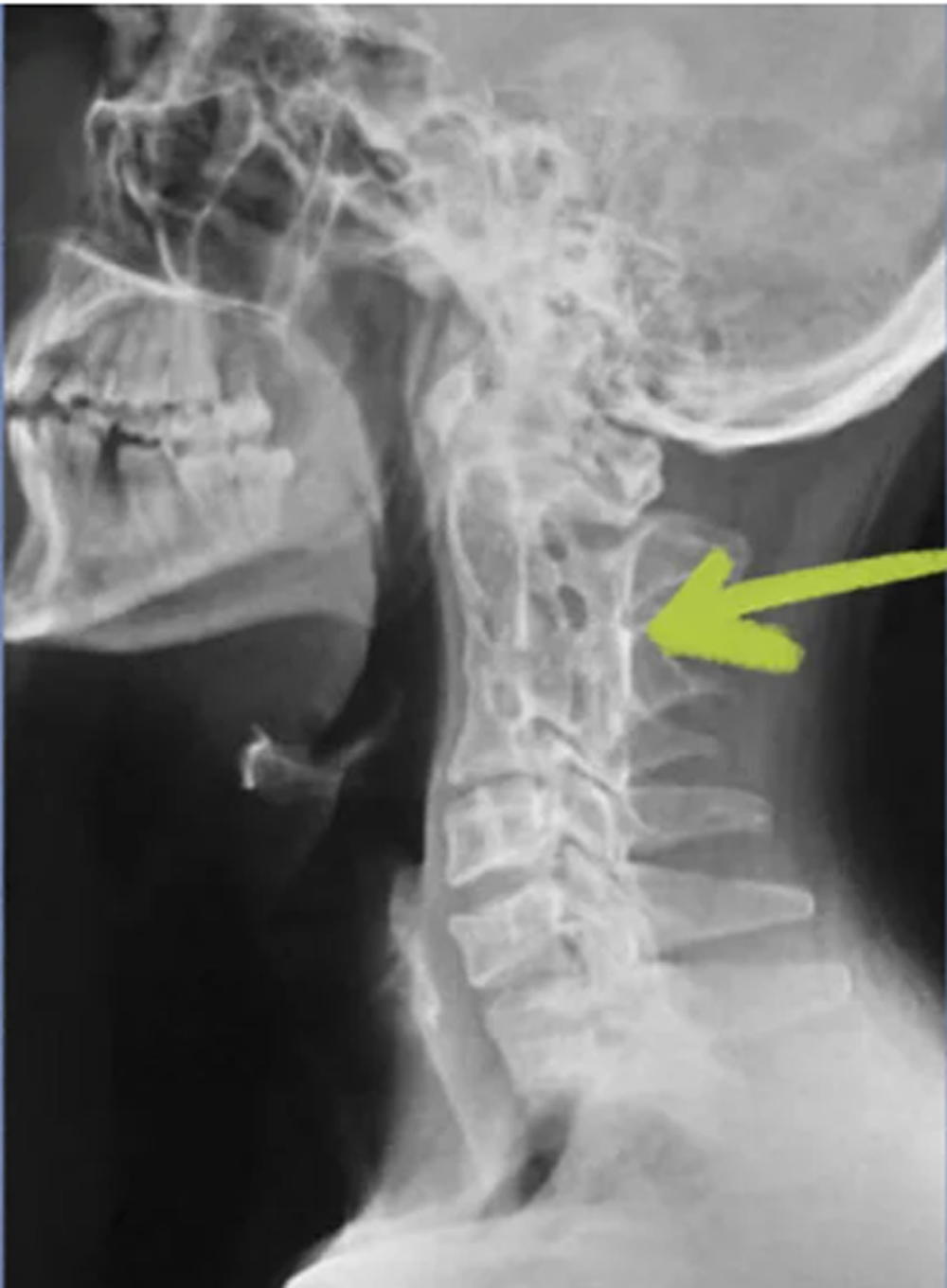An Adult Patient With Acute Ischemic Stroke and Carotid Stenosis Presenting to a Chiropractor: A Case Report
SOURCE: Cureus 2023 (Apr 6); 15 (4): e37209
| OPEN ACCESS |
Neal B deBuhr, Robert J Trager, Cliff Tao
Chiropractic Private Practice,
Thrive Chiropractic,
Cedar Falls, USA.
Chiropractic, Connor Whole Health,
University Hospitals Cleveland Medical Center,
Cleveland, USA.

FROM: MedicalNewsToday 2022
A 59-year-old male, with a recent history of acute respiratory syndrome coronavirus 2 (SARS-CoV-2) pneumonia, presented to a chiropractor with a one-week history of numbness in the right upper and lower extremity that was triggered by neck movement, and lightheadedness/dizziness.
There are more articles like this @ our:
On examination, the chiropractor noted limited, painful cervical spine range of motion, right upper extremity weakness, patellar hyperreflexia, positive Hoffman’s and Trömner’s signs bilaterally, nystagmus, a sluggish right pupillary light reflex, and carotid bruit. Cervical radiographs were suggestive of Klippel-Feil syndrome. The chiropractor suspected a vascular cause such as a transient ischemic attack and referred the patient to the emergency department, which the patient visited the following day. The patient was admitted, and MRI revealed multiple tiny acute to subacute cortical infarcts of the left frontal and parietal lobes while sonography demonstrated left internal carotid artery stenosis. The patient was treated with anticoagulant and antiplatelet medications and carotid endarterectomy with a positive outcome. Given the overlap between symptoms of stroke and those of the cervical spine, chiropractors should be prepared to recognize potential stroke patients and refer them for emergent medical management.
Keywords: carotid arteries; cervical spine; chiropractic; covid-19; klippel-feil syndrome; stroke.
From the FULL TEXT Article:
Introduction
A stroke is defined as a sudden loss of neurological function, caused by impairment of cerebral circulation. It is the second most common cause of death in adults worldwide. [1] Symptoms of stroke vary depending on the brain region affected; common clinical features may include sudden numbness or weakness affecting the face or upper or lower extremity, sudden visual or speech disturbance, difficulty in speaking, headache, dizziness, and balance or gait disturbance. [1] Previous research has suggested that patients with stroke may inadvertently seek care from chiropractors, unaware that their symptoms are caused by an emergency vascular condition. [2–4] However, few case reports have highlighted this phenomenon.
Previous case reports have suggested that cervical spinal manipulation (a common treatment used by chiropractors) may trigger stroke by damaging or triggering embolism from the paired vertebral or carotid arteries, which run through the neck. [2, 3] However, large epidemiological studies and a sy, , stematic review reported no increase in the risk of stroke following chiropractic spinal manipulation. [2–4] To explain the earlier findings of observational studies, authors have therefore suggested that individuals may present to chiropractors with a stroke in progress. According to this hypothesis, associated symptoms of stroke, such as headache or neck pain, could prompt patients to seek chiropractic care. [2–4]
However, to our knowledge, there is scarce research examining how often patients with an undiagnosed stroke present to chiropractors, or why these patients seek chiropractic care. In one survey study of 2,000 chiropractors in the United States, respondents indicated encountering a patient with a stroke once per 33 years on average. [5] In contrast, a case series involving a single private chiropractic practice reported an apparently higher incidence, with three patients presenting with suspected stroke over a span of four years. [6] Another two case reports have described adult patients who presented to chiropractors who subsequently referred the patients for additional evaluation, which confirmed the presence of stroke. [7, 8] In one case, the patient was a middle-aged male with head and neck pain [7], and in the other, an elderly woman with neck pain, nausea, and visual symptoms. [8]
Given the limited research available on this topic, we discuss a case of an adult male with extremity numbness and dizziness presenting to a chiropractor, who suspected stroke and referred the patient for additional evaluation, which ultimately led to a positive outcome.
The patient provided written consent for the publication of this case report and any accompanying images.





This intriguing case report highlights the importance of interprofessional collaboration and the potential role of Chiropractors as part of a comprehensive healthcare team, showcasing the need for thorough assessment and appropriate referral in complex cases like acute ischemic stroke and carotid stenosis.
This intriguing case report underscores the importance of thorough assessment and collaboration with other healthcare professionals in chiropractic care, highlighting the potential role of chiropractors in holistic patient management.